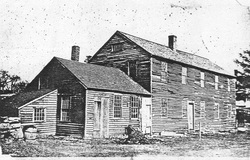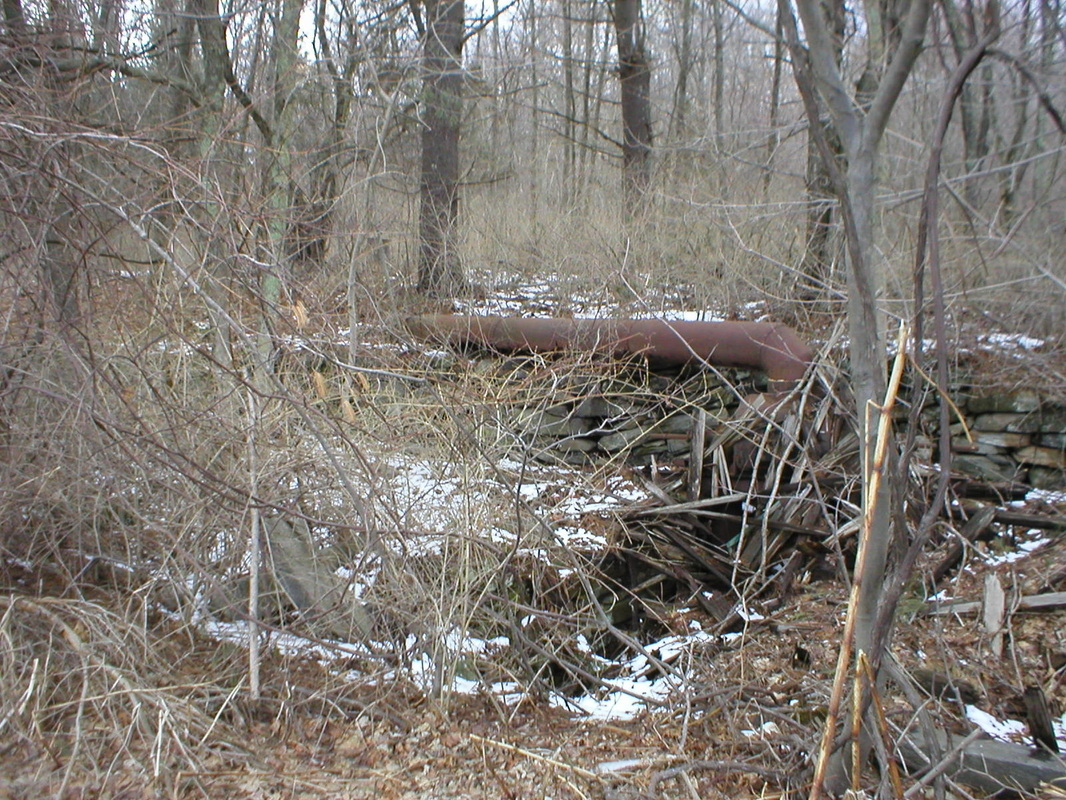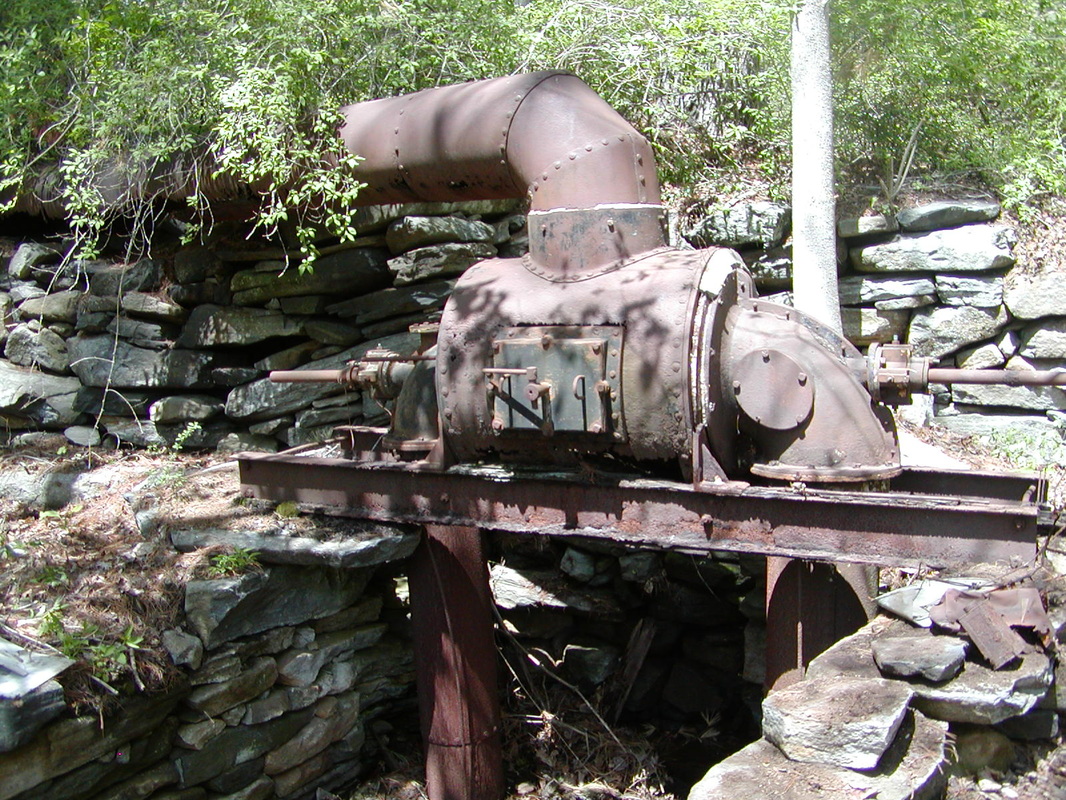clark's mill, Route 74, Tolland Stage Road.
 Clark's mill, courtesy of Pam Ober
Clark's mill, courtesy of Pam Ober
Waterway: Clough Brook
Water power: Overshot wheel/turbine
Mill type: Silk mill, machine shop, wool carding
Water power: Overshot wheel/turbine
Mill type: Silk mill, machine shop, wool carding
History: The mill was constructed in 1824 by Joseph Clark. Phillip’s Pond some 200 feet up stream from the mill served as the principal source of water supply for an overshot water wheel. Water was supplied through an eight foot dug canal or sluiceway. It was later converted to a more efficient turbine wheel which remains in place today. The mill was in continuous operation from 1847 to 1924. The silk mill operated until 1890 - first by Clark and then under lease by Ebenezer Gurley and Phineas Turner in 1848.
Clark processed silk on one floor and his brother Esten Clark rented the other floor for wool carding. Roger Clough in later years ran a machine shop on the lower floor and purchased the property circa 1889/1890. He built machines that he designed, patented, and sold to a variety of customers including the U. S. Navy. He built some of the best milling machines and had equipment that would cut heavy iron two up to three inches thick.
Clark processed silk on one floor and his brother Esten Clark rented the other floor for wool carding. Roger Clough in later years ran a machine shop on the lower floor and purchased the property circa 1889/1890. He built machines that he designed, patented, and sold to a variety of customers including the U. S. Navy. He built some of the best milling machines and had equipment that would cut heavy iron two up to three inches thick.
Site Characteristics: Water from the mill was delivered to the mill from the six acre Phillips’ Pond through an eight foot channel or sluiceway to an overshot water wheel. The pond located west of the mill has been totally destroyed reverting to a field. In later years the mill was converted to turbine power with the water diverted to the wheel through a pipe following the old sluiceway. Due to water volume problems two techniques were utilized. Water was managed by shutting down valves to retain water during periods when the mill was not operating, In addition, an earthen dam, creating a shallow pond about two to three acres in size, supplied water from the eastern side of the mill through a long dug channel or sluiceway.
Additional Sources of Information: “Lost Mill Sites in Tolland, Connecticut,” 2013, by Richard N. Symonds, Jr.


